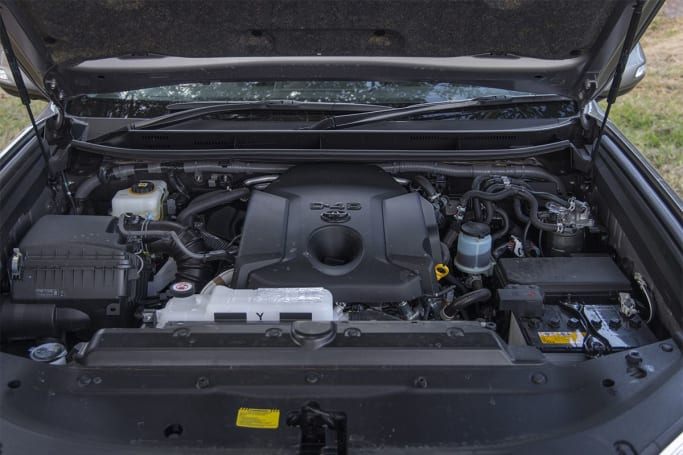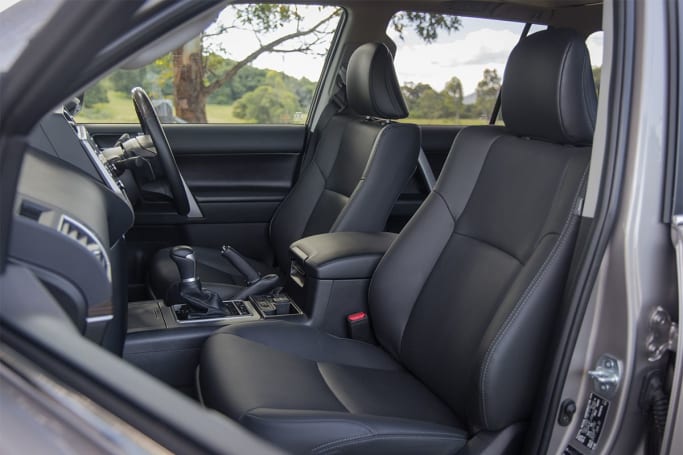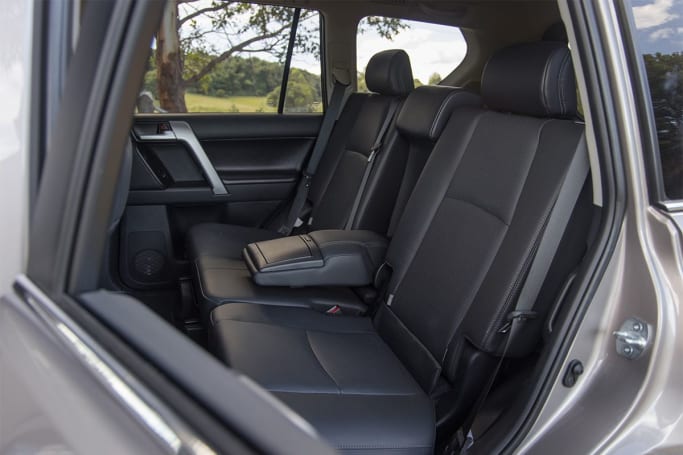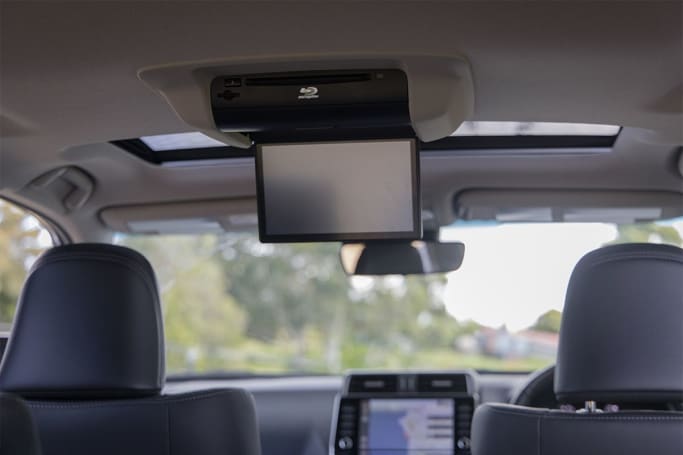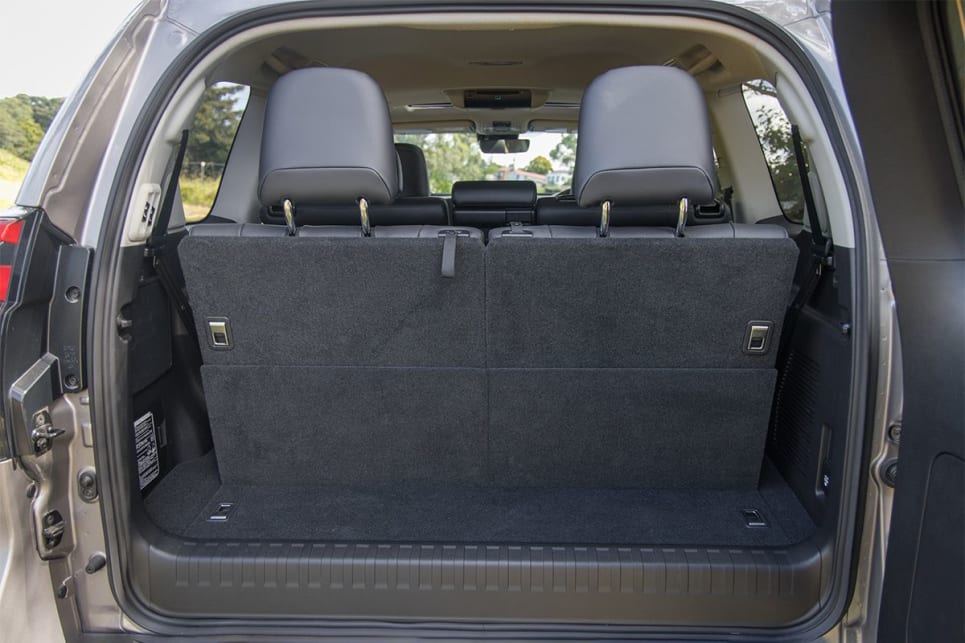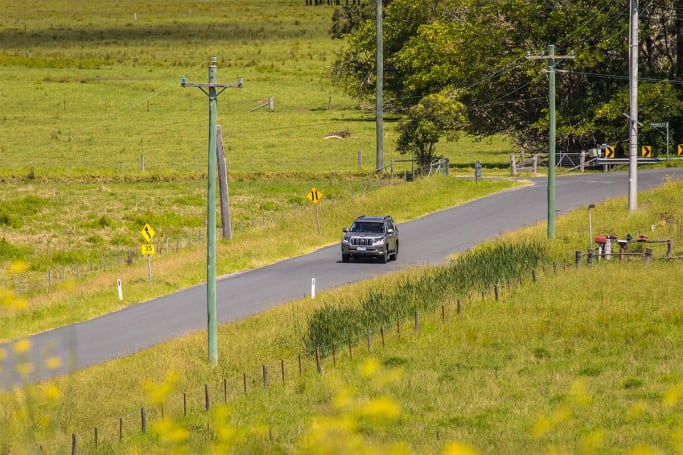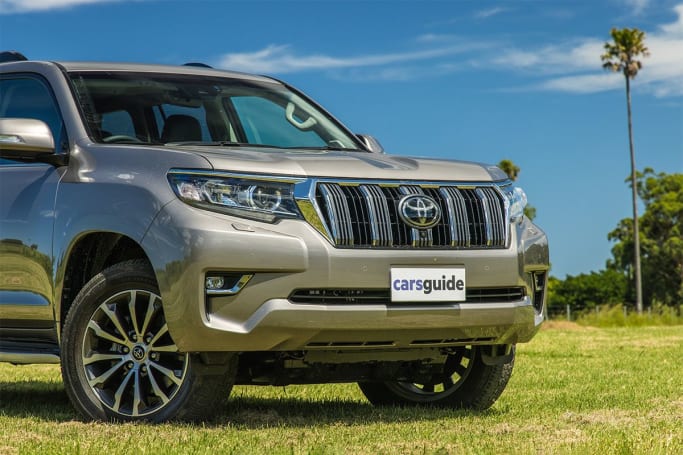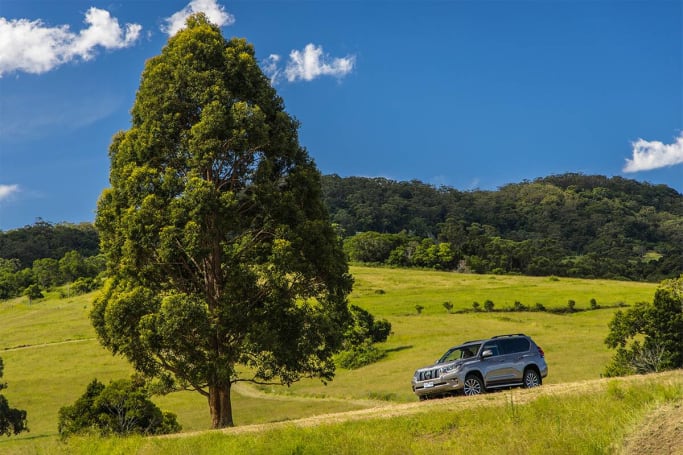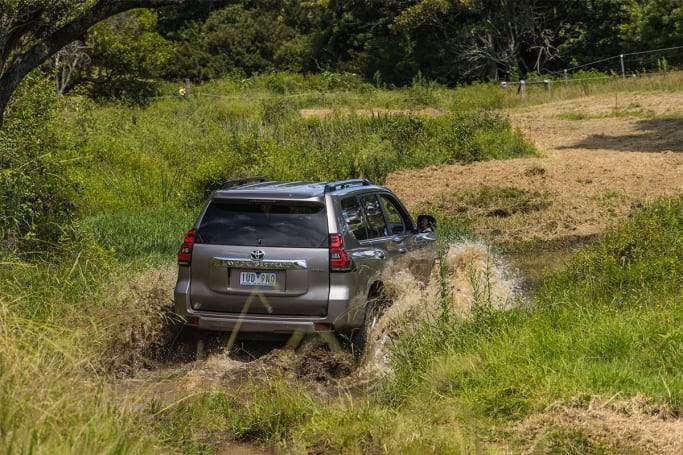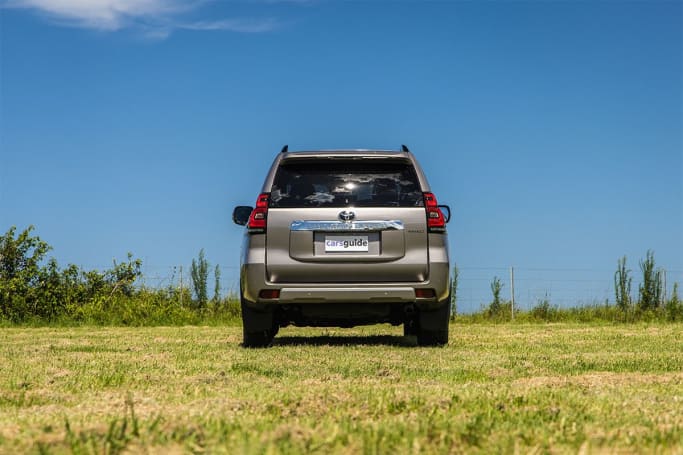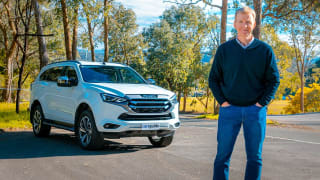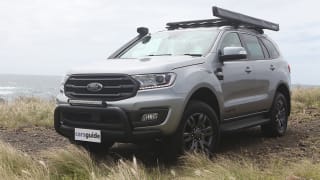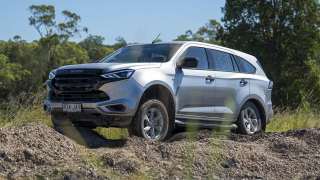The Prado Kakadu is a seven-seat 4WD wagon with a price as listed of $87,807, excluding on-road costs. Price as tested is $88,482, because our test vehicle was wearing the $675 premium paint job (Dusty Bronze).
Among its more notable standard features are a premium woodgrain-look power-adjustable steering wheel with paddle shifters, leather-accented, heated and ventilated front seats, dual-range 4WD, as well as 4WDing-suitable driver-assist systems, such as crawl control and multi-terrain select (both for off-roading), adaptive variable suspension (with three modes: comfort, normal and sport), rear air suspension and Toyota’s Kinetic Dynamic Suspension System (KDSS).
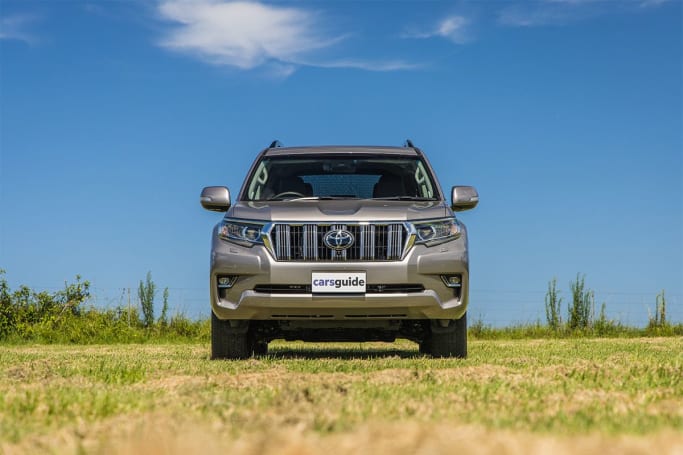
It also has a 9.0-inch touchscreen multimedia unit with Apple CarPlay, Android Auto and sat-nav, 19-inch ‘Prestige design’ alloy wheels (part of the most recent range refresh), three-zone climate control air conditioning, panoramic-view monitor, tilt-and-slide moonroof, Toyota Safety Sense (including Pre-Collision Safety System with Pedestrian Detection, High Speed Active Cruise Control, and more), JBL 14-speaker sound system, a rear-seat entertainment system (Blu-ray DVD player) with 9.0-inch screen and three wireless headsets, and button-operated third-row power-folding seats.
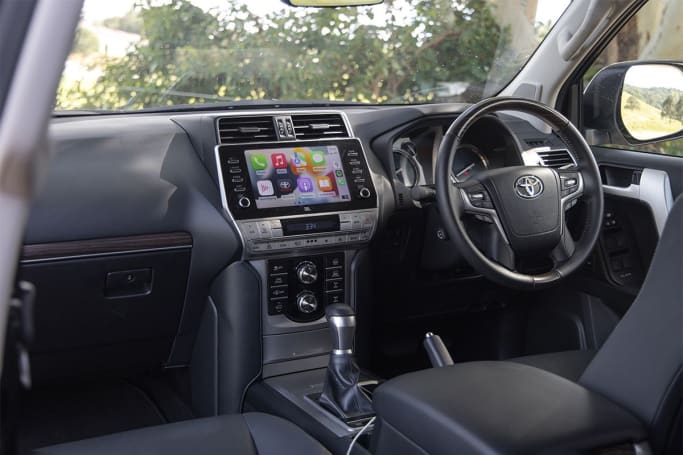
A flat tailgate pack (which moves the full-size spare wheel from the rear door to the Prado’s underbody) is available for the Kakadu. Our test vehicle had it. (Note: choosing this option reduces your fuel capacity from 150 litres to 87 litres, because you sacrifice the 63-litre sub tank so the spare tyre can be fitted underneath the vehicle.)
Kakadu interior seat trim choices are ether beige leather accented or black leather accented.
Exterior paint choices include Graphite, Espresso Brown, Glacier White, Crystal Pearl, Silver Pearl, Peacock Black, Eclipse Black, Ebony, Wildfire and Dusty Bronze (on our test vehicle).
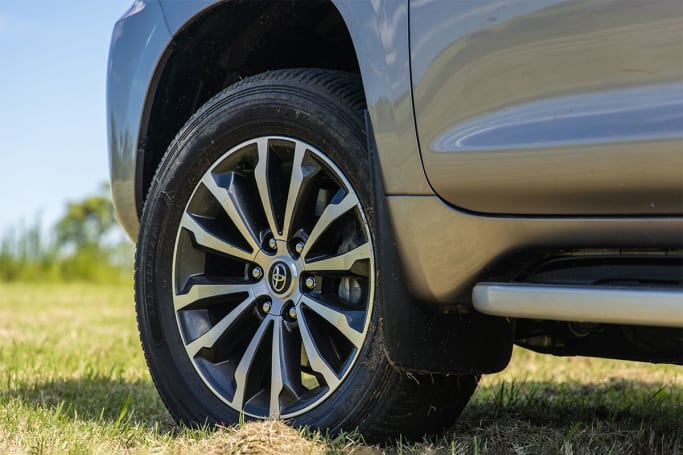
There are plenty of accessories available for the Prado, but there are also bundled packs which incorporate several accessories in each pack to suit your lifestyle: the Adventure Pack includes an alloy bull bar (commercial), light bar (fitting kit sold separately), snorkel, roof rack with alloy roof tray (both sold separately), weather-shields (left and right sold separately); and the Weekend Getaways pack, which includes a nudge bar (black), light bar (fitting kit sold separately), bonnet protector (tinted), roof racks with bike carrier (both sold separately), tow bar, tow ball and trailer wiring harness.





